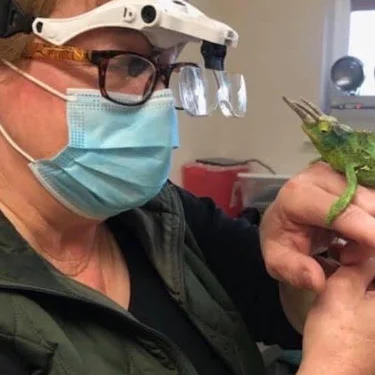Welcome to
Silverado Veterinary Hospital
Silverado Veterinary Hospital is a trusted and locally owned animal hospital located in Napa, CA. Our commitment revolves around placing our clients and patients at the forefront of all we do.
About Us
Silverado Veterinary Hospital
Silverado Veterinary Hospital has been taking care of pets in the Napa, CA area since 1979. It became AAHA accredited shortly after and has maintained it for 40 years. We have grown steadily and organically through dedicated service to our community and positive word-of-mouth support.

Veterinary Services
Our Veterinary Services
We offer a wide range of veterinary services at our hospital, please give us a call if you have any questions!

Pet Wellness Exams

Exotic Pet Care

Pet Dental Care
Pet Surgical Services




Our Veterinary Team
Meet Our Veterinary Team
Our team understands how important it is to be treated by a staff that is knowledgeable, welcoming, and courteous. It is our goal not just to ensure the health and well-being of your pet but to be your partner in strengthening the bond between you and your family pet.
Our Mission:
To practice the highest quality veterinary medicine, thus enriching the lives of our patients and the clients we serve.
Our Reviews
Thank you for making us one of the highest-rated veterinary hospitals in Napa, CA
Your trust and support have been instrumental in our journey, and we want you to know how much it means to us. We look forward to continuing to provide you and your pet with only the best that the world of veterinary care has to offer.
